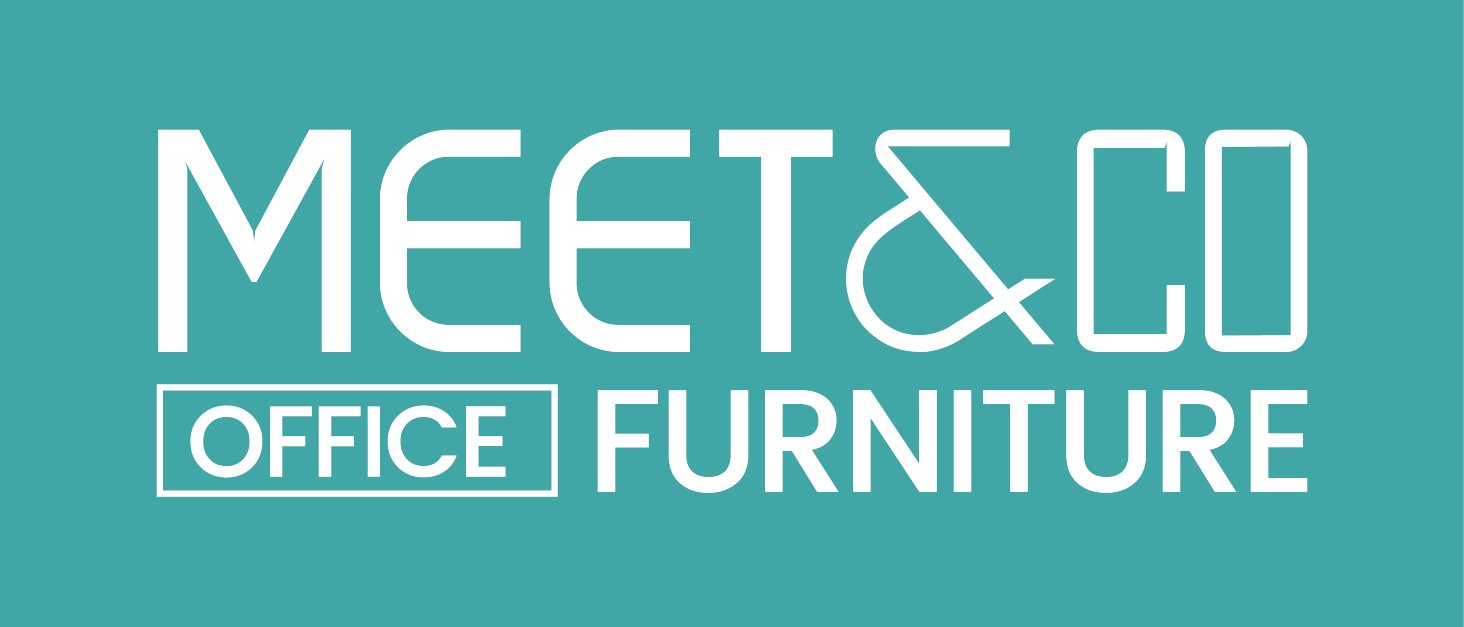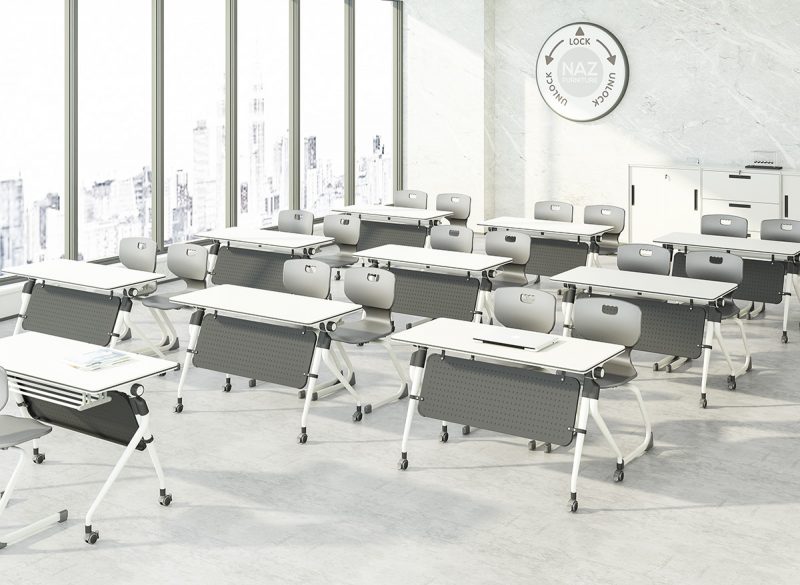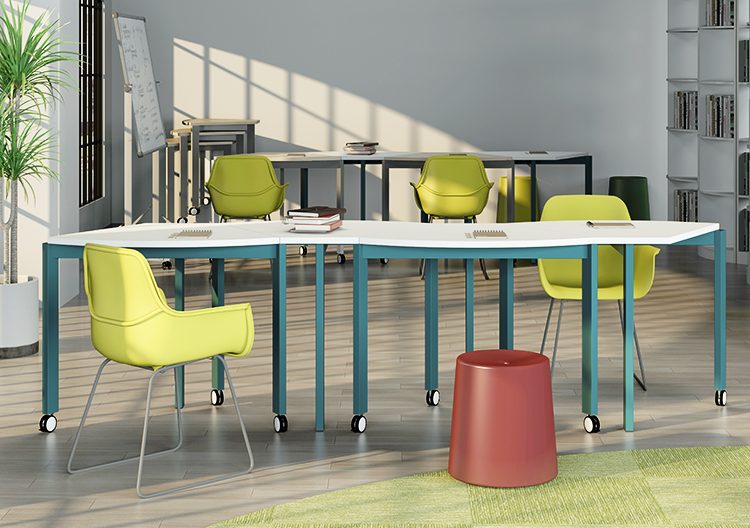Classroom tables and chairs are a staple of school furniture. From simple cafeteria tables to specialized activity tables, students need a flat convenient surface in which to work together or on their own.
Flexible seating encourages a variety of learning techniques and helps students feel more personally invested in their learning. It also reduces sedentary behaviors that can lead to poor health outcomes such as shortened life and reduced cognitive function, higher blood pressure, and heart disease.
Packaged Tables and Chairs
Purchasing furniture separately can be costly, but it is possible to save money by buying in sets. One way to do this is to buy packaged tables and chairs. Packages contain both desks and chairs that match, so they can be used to furnish a classroom, daycare or makerspace. These packages make it easier for educators to furnish their spaces and save time when shopping for the classroom furniture they need.
Tables and chairs can be packed in various ways, depending on the needs of the customer. For example, if chair bases are painted or aluminum, they should be protected from abrasion during shipment by either using a poly mask or Cro-nel cohesive protective packaging wrap. Cartoned chairs should be packed in a top and bottom tray with a tube and banding to seal the pack. The chairs should be surrounded by a heavier mil poly bag, such as 1.0 to 1.25 mil thick, unless it is proven by ship testing that the bag is not necessary.
Students are more likely to pay attention in class if they’re comfortable, so it’s important for them to be able to sit in properly-sized chairs. It is also important that the tables they sit at are high enough for them to be able to work comfortably. A low-height table may cause students to dangle their feet, which can lead to pain in the legs and back. For this reason, it’s best to stick with a package that includes chairs and tables that are the same height.
Folding Tables
Since time immemorial, there has been a need for practical flat surfaces to support activities in classrooms. Today, tables still play a key role in the learning environment and are available in a variety of shapes, sizes and finishes to meet different student needs. Students enjoy flexible furniture settings that allow them to collaborate or work independently depending on the task.
A great choice is a simple school table that allows students to sit comfortably and can be easily rearranged to suit the activity at hand. These portable classroom tables are often made of polymers such as recycled plastic or melamine to be durable, long-lasting and easy to clean. Some come with adjustable legs, making it easier for young children to reach the floor.
These classroom tables often feature a flip top mechanism that allows the table to be folded vertically when not in use to reduce storage space. They also feature modesty panels that shield students’ legs and are an ideal option for institutional applications. They can usually accommodate laptops and other electronic devices without the need for additional risers, while wire management holes keep cables neatly organized and out of the way.
Whether you opt for a folding school table or a more sophisticated office style, you can find them in a range of finish options including woodgrain, white and chrome. Some have a steel frame while others have an aluminum or plastic one. Regardless of the material, look for high-quality workmanship and finishes that are resistant to scratches and stains. Ensure the manufacturer offers a warranty that covers the fabric and frame of the table in case it gets damaged.
You can also choose a mobile classroom table that is designed to be used in conjunction with stools and other alternative seating. These versatile mobile tables allow students to learn at standing or kneeling height, which can help with posture and improve focus. They can also be paired with a laptop station to give students a comfortable place to do their research and write. This type of flexible classroom table can also help reduce sedentary behavior, which is associated with an increased risk of obesity, cardiovascular disease and other health conditions such as osteoarthritis and sleep apnea.
Utility Tables
From time immemorial there has been a need for a practical flat surface on which to sit or work. This basic function remains a critical element of modern learning environments as schools strive to provide students with multiple opportunities for group, solo and teacher-centered collaborative work. While it is important to consider a variety of alternative seating options, classroom tables are a fundamental part of any learning environment.
The defining feature of quality school furniture is that it does more than simply seat students, provide surfaces and offer storage. It is an actual learning tool, says Chicago-based Legat Architects. Its impact is much greater than school leaders and staff may realize.
A quality table should be sturdy enough to hold the weight of multiple students, but it should also be height-adjustable so that a student’s feet don’t hang off the edge. It should also be large enough so that students can spread out and be comfortable.
Whether it is a movable utility table with built-in storage or a mobile lab utility table that has chemical proof surfaces, classrooms can benefit from these versatile furnishings. They are perfect for specialist classes, such as science, which require specialized workspaces. They allow the instructor to move around the room while allowing students to collaborate and complete projects as needed.
Adjustable utility tables help students adapt to their body proportions and are available in a wide range of colors. They can also be fitted with a tray for storing writing utensils so that students don’t have to search for them when they start to write or draw.
In addition to adjusting for student size, utility tables can be adjusted to fit various chair types. The most common type of adjustment is the seat height. The ideal chair height is the point where the seat front edge corresponds with a functional lower leg length of the student. This is determined by measuring from the floor to the student’s kneecap.
Besides the traditional classroom table, school settings need other types of tables to meet the needs of students and instructors. For example, library tables can provide students with a dedicated study space that’s separate from the noise of the classroom. They can also double as an informal gathering area for class presentations.
Activity Tables
Students need the right classroom furniture to promote interaction in classrooms and facilitate a productive learning environment. They need a variety of unique shapes and sizes to suit the different situations and age levels within the classroom. This includes flexible furnishings like desks and chairs that can be repositioned and reconfigured to meet a range of classroom needs.
One such example of flexible classroom furniture is an activity table. The unique shape of these tables allows teachers to interact more intimately with students in small groups. It also enables them to move around the room and provide assistance to all students as needed. In addition, these tables have the ability to be combined into large group work areas. They can be pushed together and the flat ends of the tables can be pressed against a wall to create study nooks or library spaces.
These types of tables come in a variety of sizes and colours so you can select the perfect style to match your classroom design. For example, a kidney-shaped activity table is ideal for smaller group sizes and it has a cutout in the middle to allow for easy teacher-student interaction. A horseshoe-shaped activity table is also a great choice for larger group activities.
Another important consideration for school furniture is durability. Unlike generic tables that are manufactured from low-quality particle board and feature a 1/8 inch edge banding, Smith System’s activity tables are made with a durable, scratch resistant laminate. They’re built for years of use and are backed by a 12-year warranty.
Other factors to consider when selecting the best tables for your classroom include safety, design and price. You can find tables with removable legs that are a great option for babies who are just discovering the world and want to crawl, stand and walk. Some also come with seats, which are recommended once kids can sit upright unaided and are ready for more structured learning.
The right classroom tables and chairs can have a significant impact on student engagement, collaboration, participation, feedback and stimulation. They can also promote an active, positive and healthy learning environment and encourage a proactive mindset.


